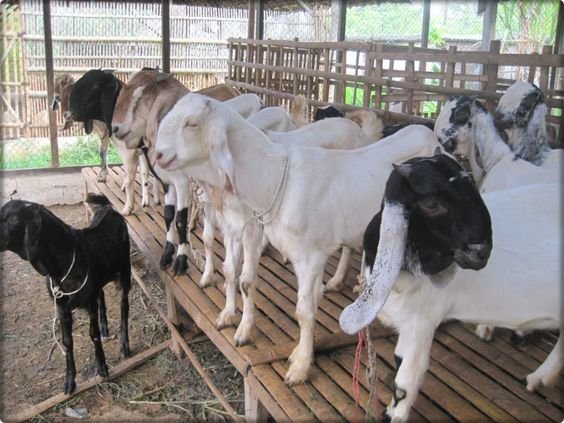Seed Care: Nurturing Life from the Very Beginning
Seed Care From tiny specks to vibrant life, seeds hold the immense potential to become thriving plants. But for this potential to be realized, seed care becomes crucial. It’s a multifaceted process that encompasses various practices to ensure the health and vigor of seeds, ultimately boosting their germination success and the quality of resulting crops.
Understanding Seed Care: Beyond Planting
Seed care goes beyond simply tossing seeds into the ground. It’s a proactive approach that addresses challenges seeds face throughout their journey, right from selection to post-planting establishment. Some key aspects of seed care include:
1. Seed Selection:
Quality assurance: Choosing healthy, viable seeds from reliable sources is paramount. Look for certified seeds free from diseases, pests, and damage.
Variety selection: Matching seed varieties to your specific climate, soil conditions, and intended use is crucial for optimal growth.
2. Seed Treatment:
Seed coatings: Applying protective coatings can shield seeds from harmful pathogens, insects, and environmental stresses like drought or extreme temperatures. These coatings often contain fungicides, insecticides, and micronutrients.
Inoculation: Beneficial bacteria and fungi can be introduced to seeds, fostering healthier root systems and improved nutrient uptake.
Priming: Controlled exposure to moisture or specific chemicals can stimulate germination and improve seedling vigor.
3. Storage and Handling:
Proper storage: Seeds should be stored in cool, dry, and dark conditions to maintain their viability. Optimal storage temperatures and humidity levels vary depending on the seed type.
Careful handling: Seeds are delicate and prone to damage. Avoid rough handling, excessive heat, and moisture during storage and handling.
4. Sowing and Establishment:
Planting depth and spacing: Following recommended planting depths and spacing for each seed type ensures proper access to moisture, sunlight, and nutrients for germination and growth.
Seeding environment: Creating optimal soil conditions with proper moisture, drainage, and fertility is vital for successful seed germination and seedling establishment.
5. Monitoring and Adjustments:
Regular monitoring: Keeping an eye on emerging seedlings allows for early detection of any issues like pests, diseases, or nutrient deficiencies.
Watering and fertilization: Providing adequate water and nutrients based on the needs of the developing plants is crucial for their continued growth and health.
Benefits of Seed Care:
Implementing thorough seed care practices offers numerous benefits:
Improved germination rates: Proper care ensures a higher percentage of seeds successfully germinate, leading to better stand establishment and crop yields.
Enhanced seedling vigor: Healthy seedlings are better equipped to withstand environmental stresses and resist pests and diseases.
Increased crop yields: Healthy, vigorous plants ultimately translate to higher crop yields and improved overall productivity.
Reduced need for pesticides and fungicides: Seed treatments and healthy seedlings can minimize the need for chemical interventions, promoting sustainable agriculture.
Improved soil health: Responsible seed care practices, like using beneficial bacteria and organic fertilizers, can contribute to healthier soil ecosystems.
Beyond the Basics: Emerging Seed Care Practices
The field of seed care is constantly evolving. Some emerging trends include:
Precision seed treatment: Tailoring seed treatments to specific field conditions and seed varieties for optimized benefits.
Nanotechnology applications: Utilizing nanoparticles for targeted delivery of nutrients and pest control solutions to seeds.
Bio-based seed treatments: Exploring naturally derived alternatives to synthetic chemicals for seed protection and enhancement.
Beyond the Basics Seed Care:
Seed care extends beyond traditional practices, incorporating advancements in technology and sustainability:
Precision seeding: Utilizes advanced technology to plant seeds at precise depths and spacing, optimizing seedling establishment.
Biochar amendments: Enhances soil quality and water retention, promoting seedling growth.
Cover cropping: Utilizes companion plants to suppress weeds, conserve moisture, and provide nutrients.
Conclusion Seed Care:
Seed care is a vital process that lays the foundation for healthy, productive crops. By understanding and implementing best practices, farmers and gardeners can nurture the potential within each seed, leading to bountiful harvests and a more sustainable agricultural future. As research and technology advance, exciting new options for seed care will continue to emerge, further unlocking the power held within these tiny capsules of life.





